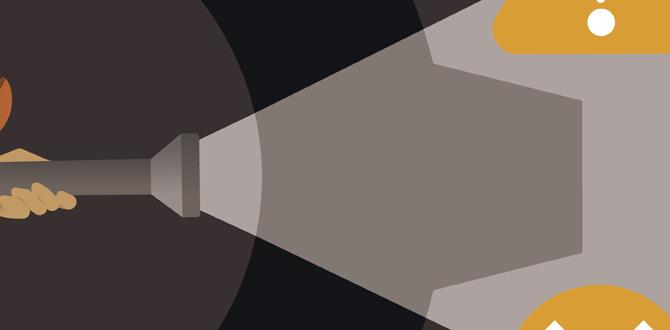Overview
Esp32 RS485 is a protocol that allows for communication between microcontrollers over long distances using twisted pair cables. The Esp32, a powerful microcontroller with built-in Wi-Fi and Bluetooth capabilities, can be easily configured to operate in RS485 mode. This opens up a wide range of applications, such as industrial automation, remote monitoring, and control systems.
Benefits
There are several benefits of using Esp32 RS485 for communication:
- Long Range: RS485 allows for communication over long distances, making it ideal for applications that require devices to be spread out across a large area.
- Noisy Environments: RS485 is designed to work well in noisy environments, thanks to its robust differential signaling.
- Multiple Devices: RS485 supports multi-drop communication, meaning that multiple devices can be connected to the same bus.
- Simple Wiring: RS485 only requires a twisted pair cable for communication, making installation and wiring straightforward.
Setup

Hardware Requirements
To set up Esp32 RS485 communication, you will need the following hardware:
- Esp32 microcontroller board.
- RS485 transceiver module.
- Twisted pair cable with RJ45 connectors.
- Power supply for the Esp32 and RS485 module.
- Breadboard and jumper wires for prototyping.
Software Requirements
To configure the Esp32 for RS485 communication, you will need the Arduino IDE and the ESP32 board libraries installed. You can download the Arduino IDE from the official Arduino website and install the ESP32 board libraries using the Arduino Library Manager.
Configuration
Wiring
To wire the Esp32 and the RS485 module, follow the steps below:
- Connect the VCC pin of the RS485 module to the 5V pin of the Esp32.
- Connect the GND pin of the RS485 module to the GND pin of the Esp32.
- Connect the RO pin of the RS485 module to a GPIO pin of the Esp32.
- Connect the DI pin of the RS485 module to a GPIO pin of the Esp32.
- Connect the A pin of the RS485 module to the positive terminal of the twisted pair cable.
- Connect the B pin of the RS485 module to the negative terminal of the twisted pair cable.
Setting up RS485 Mode
Once the hardware is wired, you can set up the Esp32 to operate in RS485 mode using the Arduino IDE. Follow the steps below:
- Open the Arduino IDE and create a new sketch.
- Include the SoftwareSerial and ModbusMaster libraries by adding the following lines at the top of your sketch:
- Create a ModbusMaster object by adding the following line of code:
- In the setup() function, initialize the serial communication and the ModbusMaster object by adding the following lines of code:
- In the loop() function, read and write data over the RS485 bus using the ModbusMaster library functions.
#include <SoftwareSerial.h>#include <ModbusMaster.h>ModbusMaster node;SoftwareSerial rs485(RO_PIN, DI_PIN); // Replace RO_PIN and DI_PIN with the GPIO pins you connected the RS485 module tors485.begin(9600);node.begin(1, rs485); // Set the slave address to 1Communication

Sending Data
To send data over the RS485 bus, you can use the ModbusMaster library functions, such as the readHoldingRegisters() and writeSingleRegister() functions. These functions allow you to read and write data to Modbus registers in the connected devices.
Receiving Data
To receive data over the RS485 bus, you can use the ModbusMaster library functions, such as the readHoldingRegisters() and readInputRegisters() functions. These functions allow you to read data from Modbus registers in the connected devices.
Troubleshooting

If you are experiencing issues with your Esp32 RS485 setup, here are some troubleshooting tips:
- Check your wiring to ensure that all connections are correct.
- Verify that you have uploaded the correct code to your Esp32.
- Make sure that your power supply can provide enough current for your devices.
- Check for any error messages in the Arduino IDE.
- Consult the documentation and online communities for the Esp32 and ModbusMaster libraries for further assistance.
Resources

Documentation
Online Communities
Sample Projects
Conclusion
Esp32 RS485 provides a reliable and efficient method for communication between microcontrollers over long distances. With its long range, noise resistance, and support for multiple devices, it is well-suited for a wide range of applications. By following the hardware setup, software configuration, and utilizing the ModbusMaster library functions, you can easily implement Esp32 RS485 communication in your projects.
FAQs
Q: Can I use Esp8266 for RS485 communication?
A: Yes, Esp8266 can also be configured to operate in RS485 mode. However, the wiring and software configuration may differ slightly from the Esp32. Refer to the official documentation for the Esp8266 and the ModbusMaster library for more information.
Q: Can I use shielded twisted pair cable for RS485 communication?
A: Yes, shielded twisted pair cable can further enhance noise immunity in RS485 communication. It is recommended for use in environments with high levels of electrical noise.
Q: How far can I communicate using Esp32 RS485?
A: The maximum communication distance of Esp32 RS485 depends on various factors, such as the baud rate, cable quality, and noise levels. In general, RS485 can support communication distances of up to several hundred meters.
Q: Can I connect multiple Esp32 boards to the same RS485 bus?
A: Yes, RS485 supports multi-drop communication, allowing multiple devices, including Esp32 boards, to be connected to the same bus. Each device must have a unique address to communicate effectively.
Q: Can I use other communication protocols with Esp32, such as Modbus TCP?
A: Yes, Esp32 supports various communication protocols, including Modbus TCP. Depending on your specific requirements, you can choose the appropriate protocol for your application.